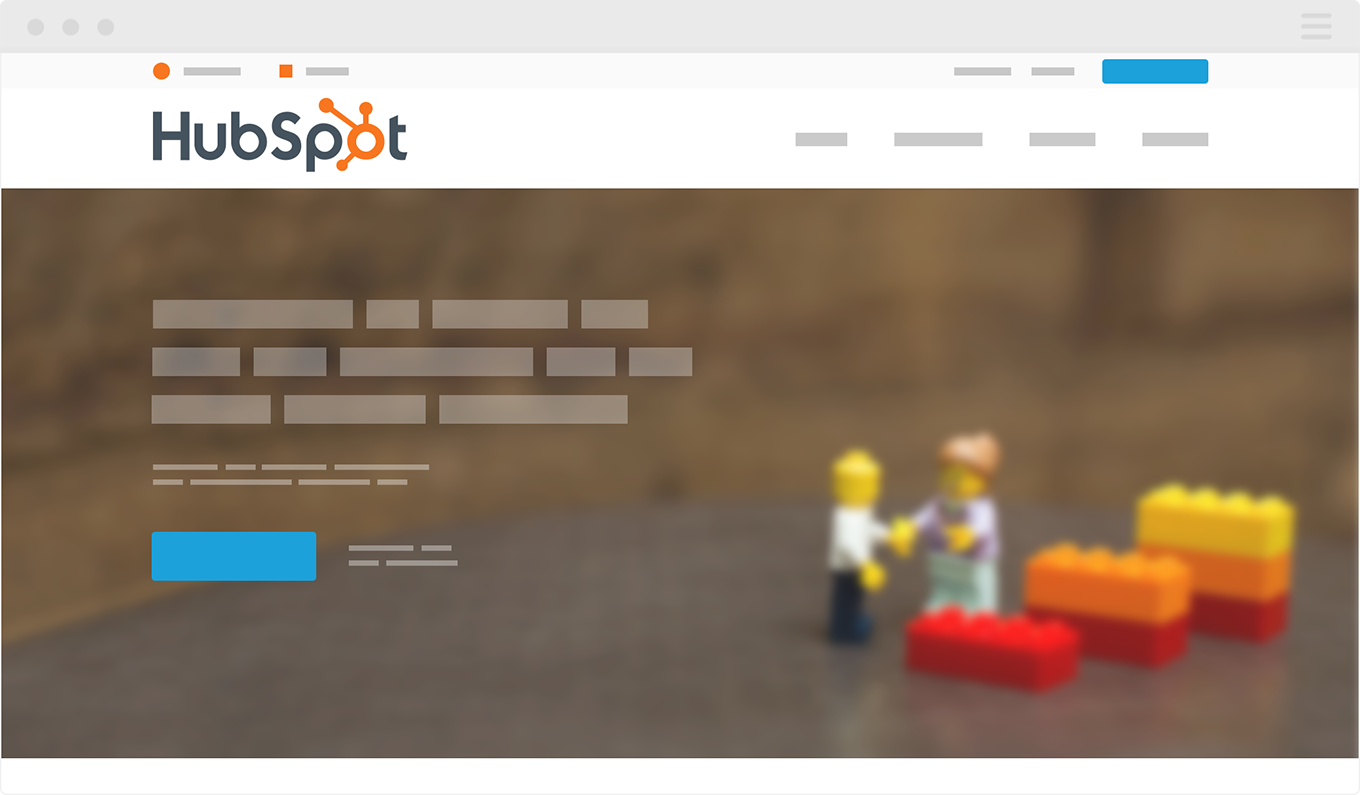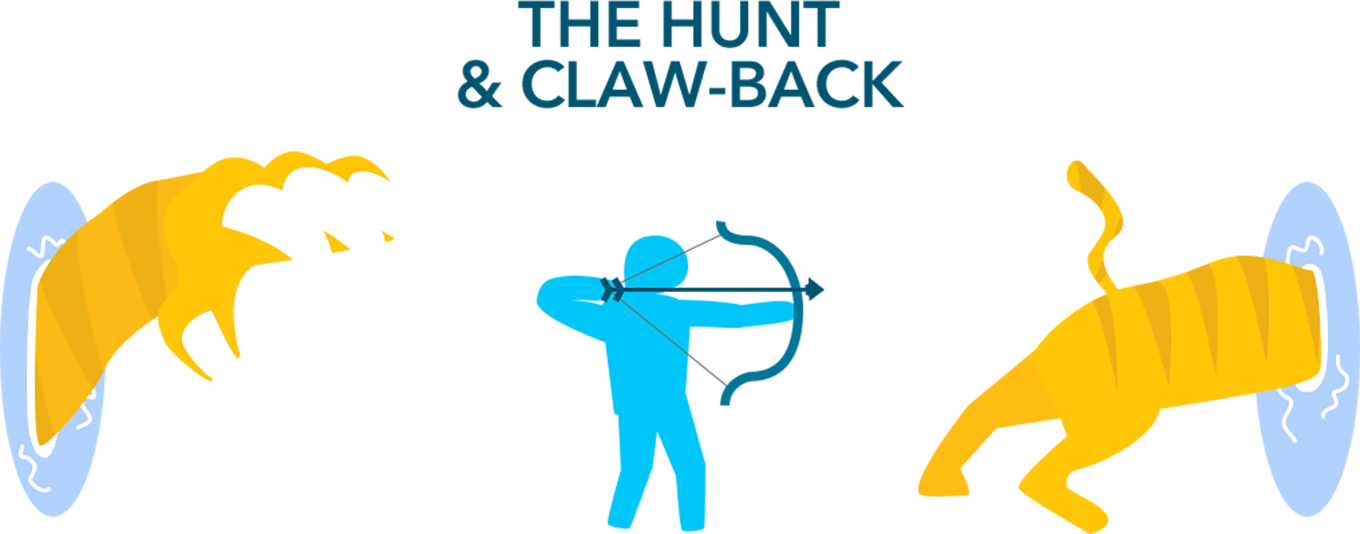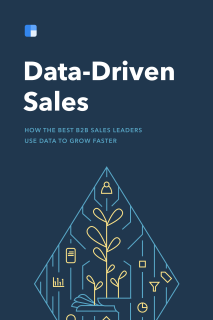Chapter 7
10 minutes
Sales Compensation

David Skok VC at Matrix Partners, and the author of forEntrepreneurs
When I started my first company many years ago, software sales was radically different than the SaaS landscape that so many readers of this book know. Sales cycles were long, and whether we liked it or not, the customer was stuck with what they had as soon as the papers were signed. The SaaS model changed everything. For founders and sales managers, this shift has required changes to everything from the way a company sells to the manner in which it delivers the product. But, one of the most important and overlooked changes has been the way salespeople are motivated and compensated.
Unlike traditional software sales, the job of a sales team no longer ends when a new customer signs a contract. Instead, it is crucial to retain customers over many years, as that is how you maximize your revenues.

In this chapter, I’ll share the story of how HubSpot, one of our portfolio companies, experimented with their compensation plan to accelerate growth by reducing churn. I’ve pulled out three compensation plans at three different phases of the company in hopes of sharing some insight into how a plan should change over time.
The hunting plan: $300K to $3M ARR
When HubSpot’s VP of Sales, Mark Roberge, developed the company’s first compensation plan, he had one goal in mind: simplicity. Over the course of the first year, he and the company’s founders had landed 100 customers. In doing so, they grew to $300,000 per year in annual recurring revenue (ARR). After that first year, Roberge decided it was time to step out of the closing role and into a sales management role. He knew that it was essential that his first plan was easily understood by reps to avoid confusion. But he also wanted the plan to incentivize rapid customer acquisition so the company could reach product-market fit as quickly as possible.
As Roberge writes in his book, The Sales Acceleration Formula, “In our first plan, we paid each salesperson $2 upfront for every $1 of monthly recurring revenue they brought on. For example, if a salesperson closed a customer on a $500 per month subscription, the salesperson earned a one-time $1,000 sales commission for that deal.”
To protect the company, reps were told that if a customer cancelled within four months, they would not receive the commission. In practice, this “claw-back,” as it’s known in the industry, was very simple. If the customer churned within the first four months, HubSpot took the entire commission back (deducted from the salesperson’s next month of earned commissions).

This hunting-oriented plan, as Roberge likes to call it, was incredibly effective. Within six months, the company acquired 900 customers and scaled from $300K to $3M in ARR. But of course, nothing about scaling a sales team is easy, and sales compensation was no exception.
Immediately after implementing the plan, customer churn exploded. Reps were aggressively signing customers without properly evaluating whether or not they were a good fit. In addition, they frequently oversold the product and set the wrong expectations. In order to solve this problem, Roberge and the rest of the executive team sat down to develop a more robust plan.
Reducing churn by 70% by incentivizing good behavior
One of the things that makes Roberge so effective at what he does is his discipline and love of data. In order to understand why churn had increased so much, he and his team made no assumptions. Instead they looked into the numbers.
At the time, every HubSpot customer was assigned a post-sale consultant to help them understand the product and get the most out of their investment. In Roberge’s mind, customer success was tied to how well the product was implemented. So the first theory was that the post-sale consultants were the problem. They thought solving the churn problem was as simple as cutting the bad consultants and learning from the good ones. But when they analyzed the churn level by consultant, they found something surprising: there was no difference between them.
Next, they analyzed the churn rate by sales rep. If the results from the first analysis were surprising, these were shocking. They found that across the 10-person sales organization, there was a tenfold difference between the salesperson with the lowest churn rate and the salesperson with the highest. HubSpot didn’t have an onboarding problem. They had a sales behavior problem.
After analyzing the data, Roberge shared the results with the entire sales team. In a conference room one day, he educated each of the reps on the importance of retaining customers. He showed them what revenue projections (and the value of their equity) looked like with 3% churn, 5%, 10%, and so on. Then he told them that he would be changing the comp plan next quarter to align churn performance with the sales goals.
The next quarter, Roberge stack-ranked each salesperson based on their churn performance. In a team all-hands meeting, he shared the results and announced the new compensation plan.
In the new compensation plan, the top-performing quartile of reps would receive $4 for every $1 of monthly revenue booked. He told these reps “congratulations” and told them to keep up the good work. The goal here was to “reward the winners,” a key strategy in any compensation plan.
The next quartile would receive $3 for every dollar of recurring revenue they booked. Still he was rewarding good performance and incentivizing good behavior, since each of these reps would be receiving a 50% bump in their commission rate.
For the salespeople in the third quartile, he told them that they would be receiving the same $2 per dollar of monthly revenue.
For salespeople in the last quartile, he cut their commission to $1 per dollar of monthly revenue booked. He told them that they were bringing the company unprofitable customers. But more importantly, they were wasting their customers’ money. The idea of the docked pay was that it would “penalize the losers” and guide salespeople toward better behavior going forward.
Immediately the company solved its churn problem. Within two quarters, HubSpot’s churn had dropped 70%. But for Roberge, a quant VP of Sales with a love for optimization, the experiments weren’t over.
Signing more annual contracts
For any business, cash is king. For early-stage companies, it’s the difference between life and death—or at least IPO and slow growth. As I’ve written on my blog, when a company is able to collect cash up front from customers, it can accelerate revenue growth (assuming LTV is higher than CAC). That’s why it’s so important to consider average prepayment commitment when building a compensation plan.

After about 18 months of running his “Customer Success Plan,” Roberge decided to make a few changes to align with the company’s goal of accelerating growth through cash management. By this point, HubSpot had product-market fit and was aggressively expanding. The company knew from historical data that if they invested a dollar in marketing and sales, they’d earn more than a dollar in revenue over the course of a customer’s lifetime. Therefore every dollar, and the speed at which it was collected, mattered.
In order to increase the average contract length and collect more cash up front, Roberge created the following compensation model:
Salespeople would earn $2 per $1 of monthly recurring revenue The commission would be paid out as follows: 50 percent on the first month’s payment 25 percent on the sixth month’s payment 25 percent on the twelfth month’s payment
Under the new plan, if a salesperson signed a month-to-month customer, they would have to wait an entire year to receive their full commission. Conversely, if they signed an annual contract and collected all the money up front, they would get the entire check in the first month.
Once again, the new plan was a huge success. For the 18 months that the “Customer Success Plan” was in place, the average prepayment commitment was 2.5 months. When they implemented this new plan, that number jumped to 7 months.
The new plan aligned with the company’s goals of customer success. They knew from experience that when a customer signed up for an annual contract, they invested more time and resources in setting up HubSpot’s software. The plan also put more control in the salesperson’s hands, making them masters of their own destiny. And of course, it gave HubSpot the cash to invest in further growth. It was a win for everyone.
Influencing short-term behavior with non-cash rewards
One effective tactic I’ve seen our portfolio companies use to incentivize the right sales behaviors is the non-cash reward. This is an effective way to influence something in the short term without making a change to the sales compensation plan. It’s also fun and can help build a positive team culture.
Roberge likes to joke that the answer to every question in sales behavior is “run a contest.” He says that if the sales comp plan is Batman, the sales contest is Robin.

In his book The Sales Acceleration Formula, Roberge offers the following tips for sales managers running contests.
Align the contest with a short-term behavior change desired for the majority of the team
Like sales commission plans, sales contests are a great way to drive home desired behavior. For example, you may fear a summer slump and want to boost activity in June. This desire would be difficult to pull off through the commission plan. However, an activity-based contest in June would do the trick.
Make the contest team-based
If there are twelve people on the sales team, form four teams of three salespeople and have the teams compete rather than have every man fight for himself. This approach has a remarkable impact on team culture, especially in the early phases of team building. For the first three years at HubSpot, every contest run was a team contest. The positive impact on team culture was remarkable. High-performing salespeople helped out their teammates who were lagging behind. The salespeople who were lagging behind worked late in order to avoid letting their teams down. After three years of team-based contests, a contest based on individual performance was tested. For the first time, there were accusations of cheating and backstabbing behavior on the floor. HubSpot immediately returned to team contests.
Make the prize team-based
In addition to making the contest team-based, choose a reward that the team experiences together. Rent a limo to take them to the casino, buy them a golf outing, or send them sailing for a day. Making the prize team-based maximizes the positive impact on culture. Not only does the team win together, they experience the reward together. They return to the office with photos of the great time they had … together. People feel good about their colleagues, and teams feel motivated to win the following month.
Send out updated contest standings every night
At least once per day, the contest standings should be published to the entire sales team, if not to the entire company! This a critical execution point. Without daily updates, contest effectiveness will drop precipitously. Even if it means compiling and posting the results manually, publish the results every day.
Choose the time frame wisely
The time frame needs to be long enough to drive home the desired behavior change but short enough that salespeople stay engaged. A daily time frame is too short. Weekly contests are on the briefer end of acceptable. A quarterly time frame is probably too long. Monthly contests are ideal.
Avoid contest fever
Don’t read this section and implement five simultaneous contests.
Conclusion
A common opinion is that sales should be responsible for signing up new accounts; many companies let other teams in their organization worry about how to actually retain the customer. But this way of thinking has negative consequences on any company’s churn rate and revenue retention.
Instead, the key is to keep things simple and to align sales behaviors with the company’s top-level business goals. And, across our portfolio, the companies that have grown fastest are the ones that experiment with every part of their business, like Roberge and the team at HubSpot have done.

